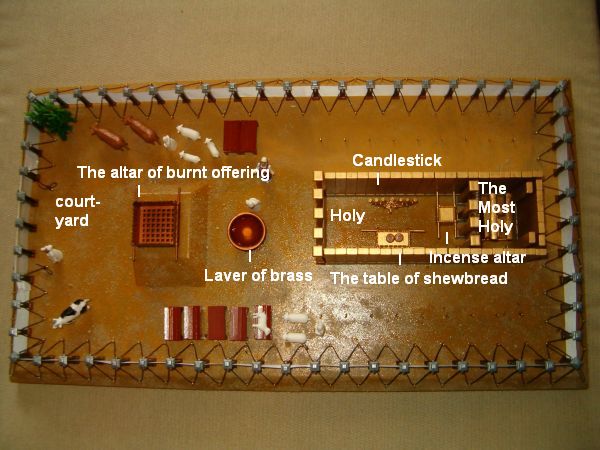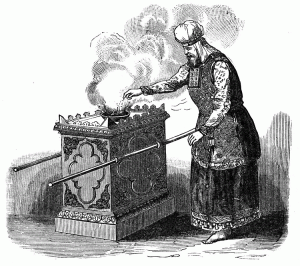The Tabernacle of Moses from its front to back represents one’s progression in one’s spiritual journey starting with initial salvation leading to eternal life in YHVH’s eternal spiritual kingdom. This view is from man’s perspective looking into the tabernacle through the front gate.
From YHVH’s view inside the holy of holies above the ark of the covenant in the glory cloud, looking outward, the perspective is different. We’ll discus this in a moment.
In the outer court of the tabernacle, all the rituals and furnishings pointed to death, judgment, washing or cleansing. These prophetically foreshadowed salvation through Yeshua’s atoning death on the cross, with Yeshua being the door to salvation, acceptance of his death on the cross for one’s sins followed by baptism for the remission of sins. In the set-apart (kadosh or holy) place inside the tabernacle, everything pointed to life, light, food, fragrant incense, the fruits and gifts of the Holy Spirit—or life in a spiritual relationship with Elohim subsequent to one’s taking the beginning steps in the salvation process. The outer court speaks of basic salvation for the redeemed believer in Yeshua, while the holy place speaks of spiritual growth and maturity, of moving from spiritual babyhood and growing into spiritual adulthood or maturity.
To understand this process of growing in spiritual maturity, it is necessary to comprehend the tripartite composition of man. Paul speaks of man being Continue reading



